We are Boldon Auction Galleries; the North East’s friendliest local auction saleroom! We are a family run business and have been serving clients in Newcastle and across the North East since 1981. Our tightly knit team have over eighty years’ experience between them providing valuations, clearing houses and selling Antiques, Interiors and Collectables. Our auction house in Sunderland is the busiest in the region, come along and see for yourself.
Contact BOLDON AUCTION GALLERIES servicing NEWCASTLE AND the NORTH EAST
Use the form below to get in touch
See some of Boldon auctions recently sold items
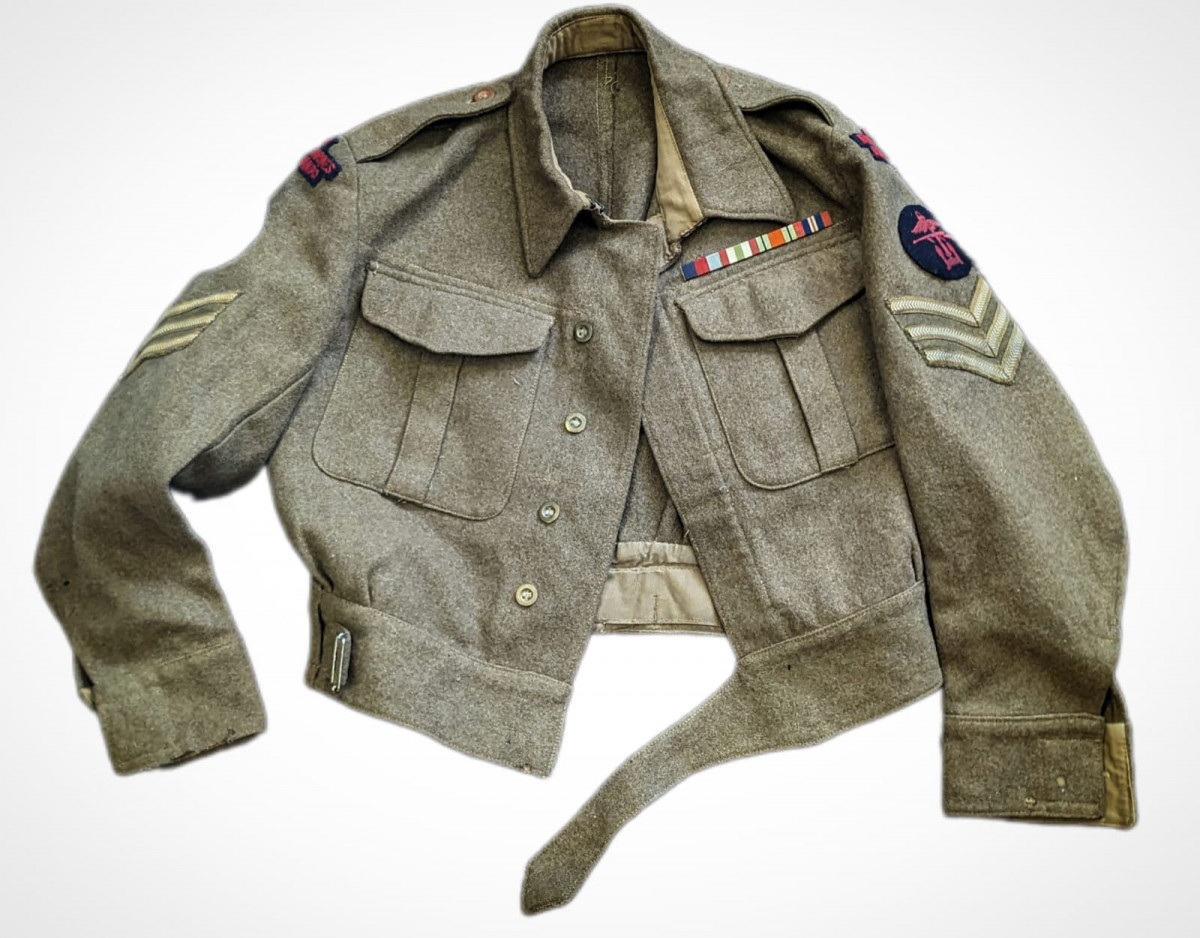
Antique, Interiors and General Sale on Wednesday 9th April at 10am
You can view the Auction Catalogue online from Friday 4th April at 5pm. Viewing : Saturday 5th April 10am – 12noon Viewing : Tuesday 8th April 10am – 12noon and 2pm –
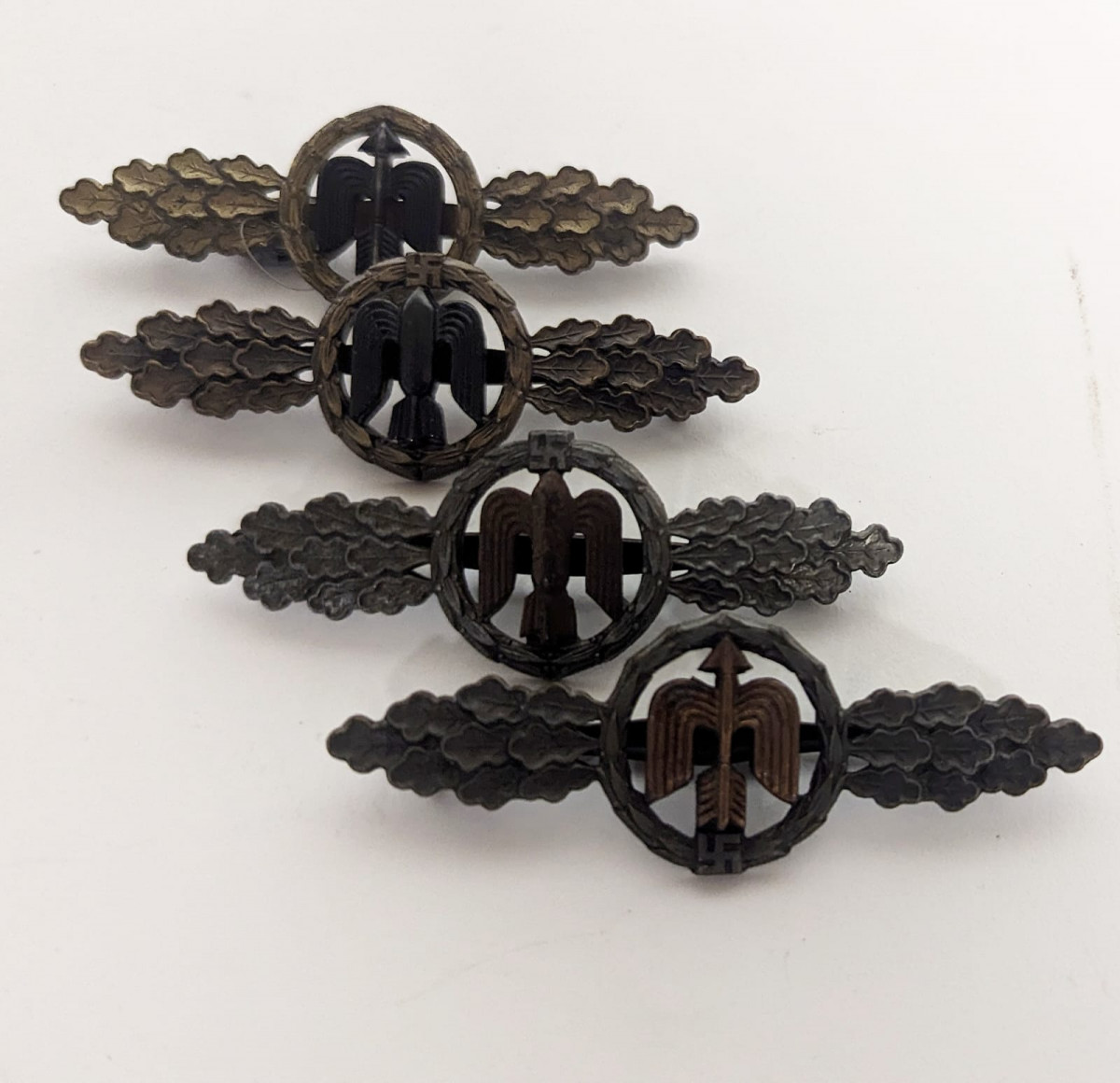
Valuation Dates
2025 Friday 28th March 2pm – 4pm Saturday 29th March 10am – 12noon Friday 11th April 2pm – 4pm Saturday 12th April 10am – 12noon Friday 25th April 2pm –
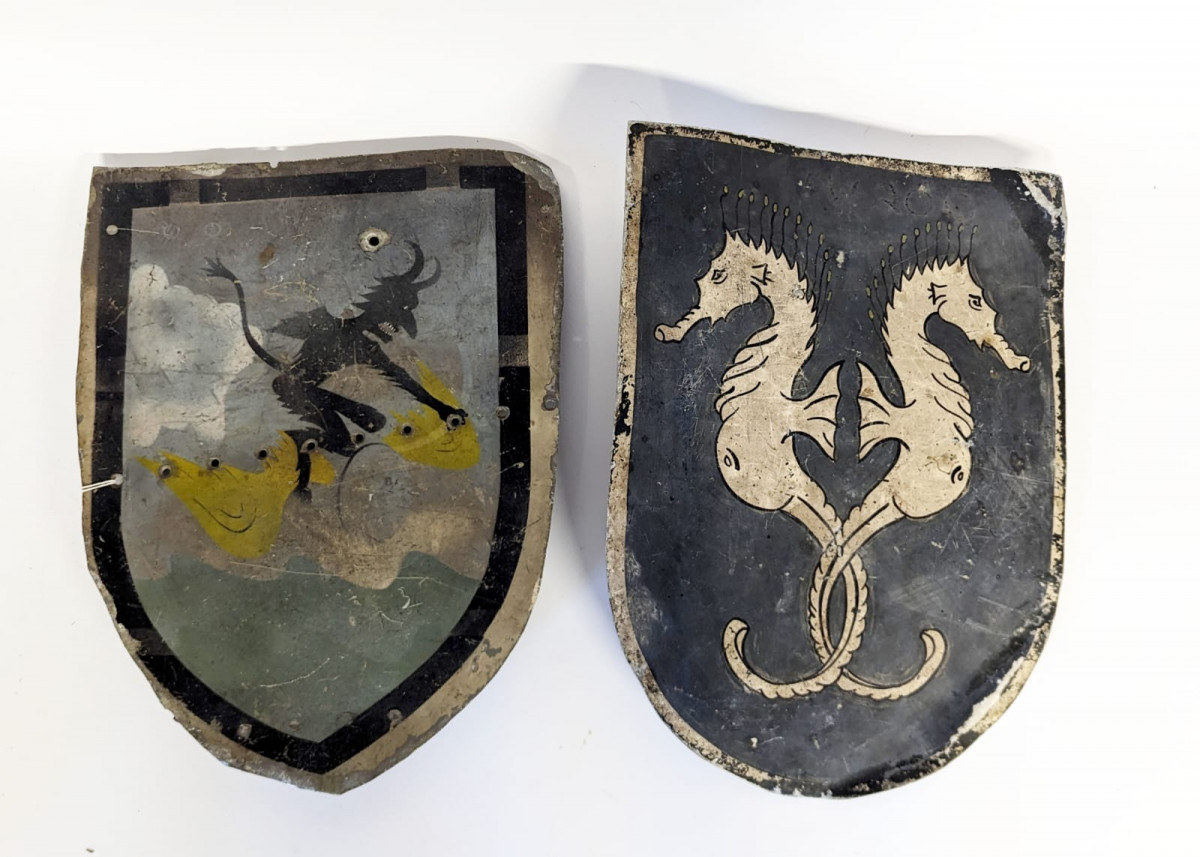
Militaria Sale & Antique, Interiors and General Sale on Wednesday 23rd April March at 10am
You can view the Auction Catalogue online from Thursday 17th April at 5pm Viewing : Saturday 19th April 10am – 12noon Viewing : Tuesday 22nd April 10am – 12noon and
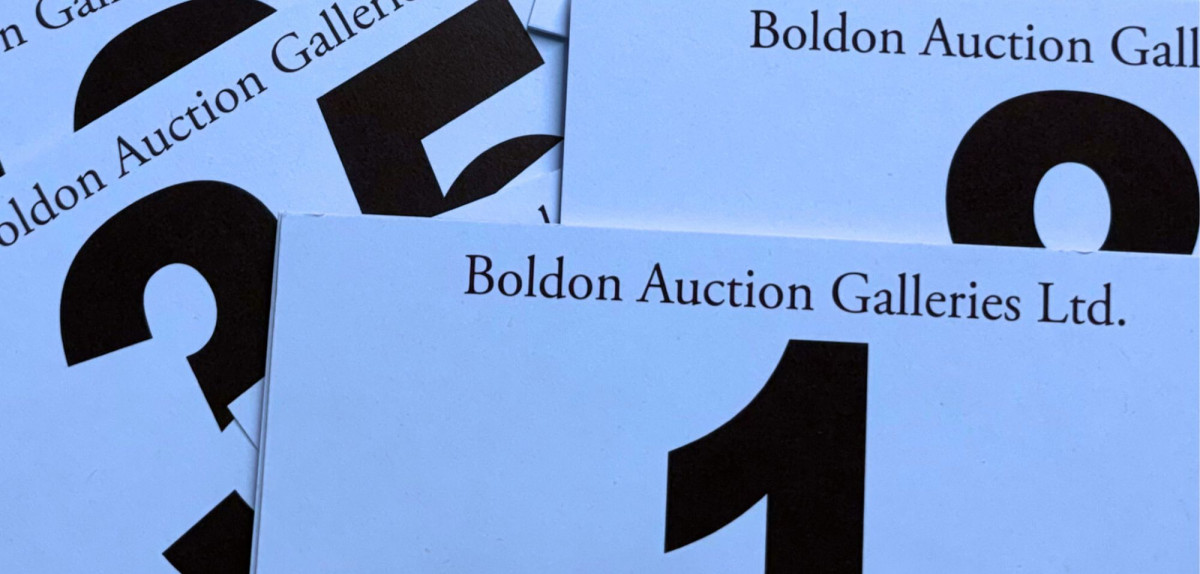
Bidding at Boldon
Bidding at the Auction there are a number of options for you: Leave a commission bid with us either over the phone or through our website. If you are unable
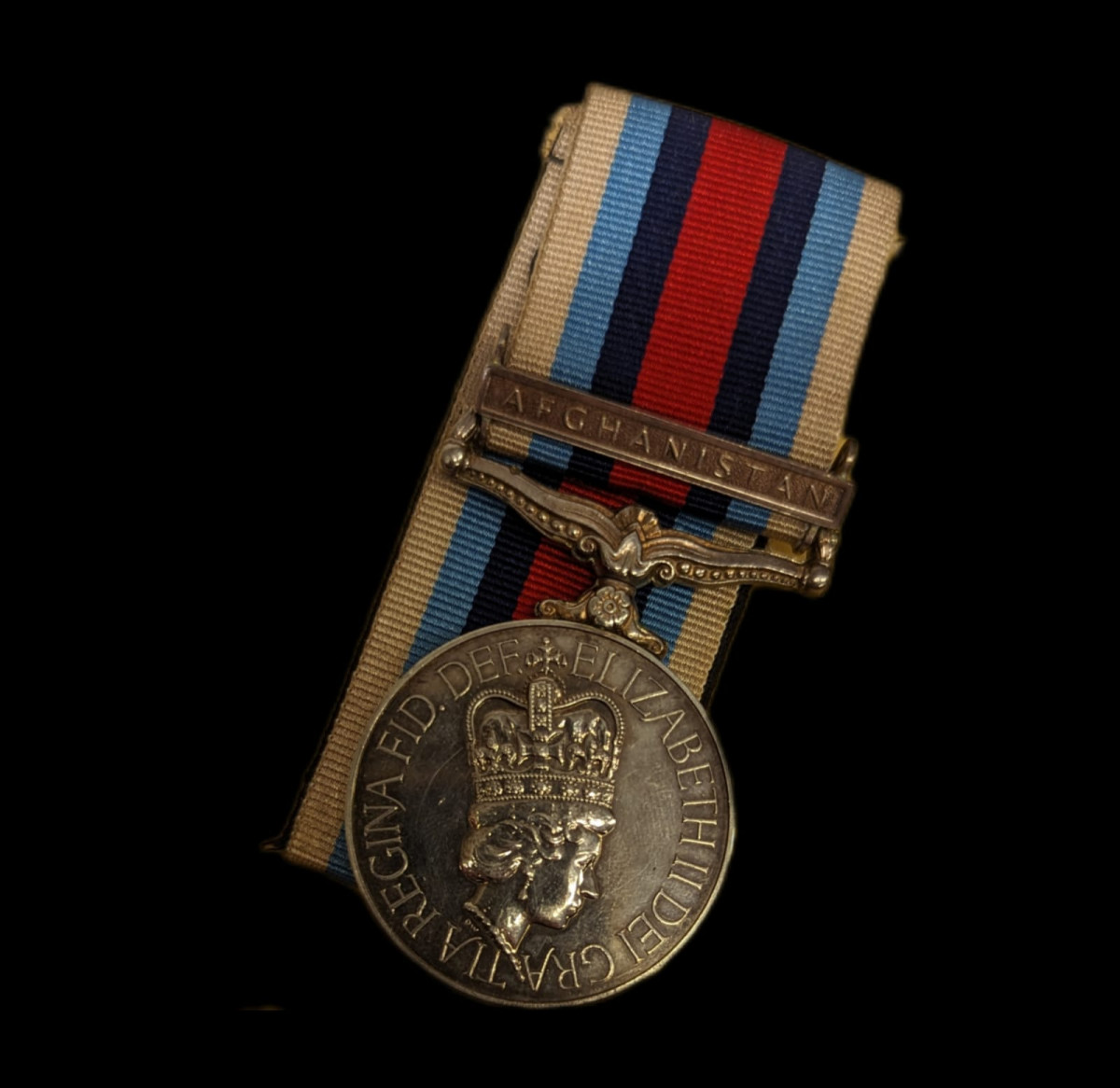
Do you have something you would like to sell at auction?
We sell a wide variety of items including antiques, furniture, jewellery, paintings and prints, silverware, coins, glassware, china and porcelain, toys and models, autographs, clocks and watches, rugs, sporting memorabilia,
Follow us on social


